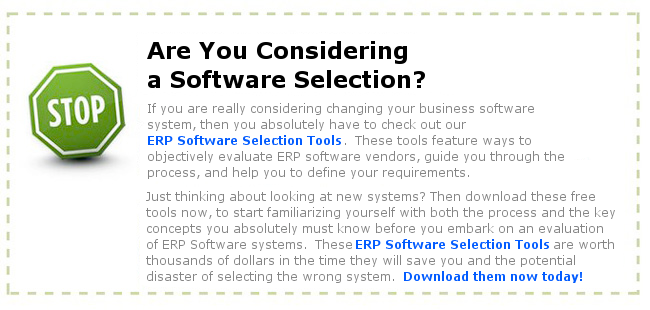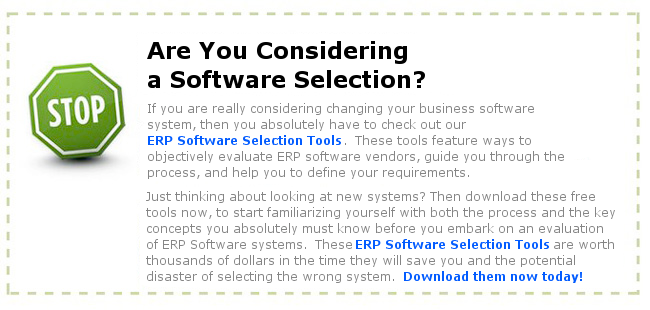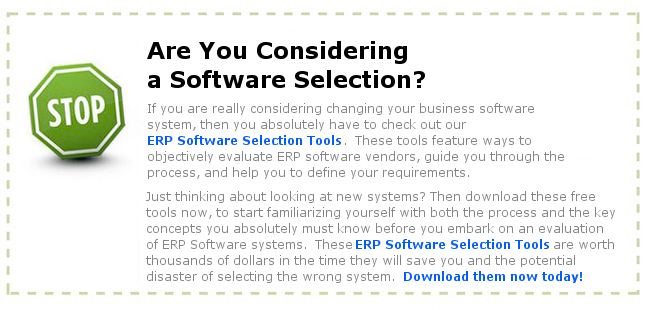One of the key success factors in an ERP, CRM, or other implementation is that there is good project management. This article touches on some of the features of managing the project: managing Tasks and managing Resources.
The Importance of Assigning Tasks and Resources in Project Management
John Reynolds
There are two major ways to estimate the lengths (i.e., durations) of tasks. The simplest way is to estimate the elapsed time of a task.
If someone says it will take him a week to do a particular task, he is probably offering an elapsed-time estimate. They generally mean that it will take him one work week to get a task done, not that it will take them 40 hours. When estimating elapsed time, people generally account for not working on the project tasks full-time, and for working on other, higher-priority tasks first.
In most projects, however, lengths should be estimated based on the amount of work, not the amount of time. That way, adding resources will shorten a task, and using resources only part-time will lengthen a task. Tasks that fluctuate like this depending on the resources assigned are called resource-constrained tasks.
There are several ways to estimate the resource time for a task. One is to let the project manager calculate the estimates based on an employees performance on similar tasks. Another is to let the employees performing the tasks calculate their estimates, generally based on how they performed on similar tasks. A third way to estimate is to use standard metrics for generic tasks.
Although many project managers like to follow the standards established by these generic metrics, their plans are generally more accurate when they and their employees do their own estimating. It usually takes three to five projects to become proficient, but the eventual accuracy is worth the delay. Sometimes tasks will not be resource-constrained and can be estimated based on the elapsed times. Examples would be training classes or project meetings. Even though two or more people may attend a class or meeting, the length of the task does not shorten. These types of tasks are called time-constrained.

|
Good project management requires excellent communication forms and documentation. Get professional project manager templates to help you with your next ERP, CRM, or other technology project. |
If estimates are being provided from standard metrics or project managers, them resources (i.e., employees) should be assigned after task lengths are determined. If estimates are coming from the employees performing the tasks, obviously these steps will be reversed. Regardless of the order of these two steps, one or more employees should be picked for each task that is resource-constrained.
Employees assigned to multiple tasks are often scheduled for too much work while there are simultaneous tasks to complete and not enough work when there are no task assignments. To maintain a consistent workload, resources need to be ‘leveled.’ There are only two main ways to level resource allocations: by adjusting the task schedule or adjusting the resource assignments. Project management packages generally adjust the schedule to increase the amount of time it takes to finish the project.
Remember these basic principles for assigning task lengths and resources to improve your management proficiency.
John Reynolds has been a practicing project manager for nearly 20 years and is the editor of an informational website rating project management software products. For more information on project management and project management software, visit Project Management Software Web.



